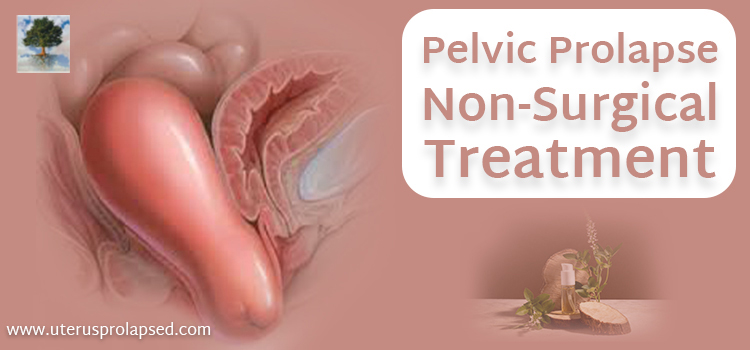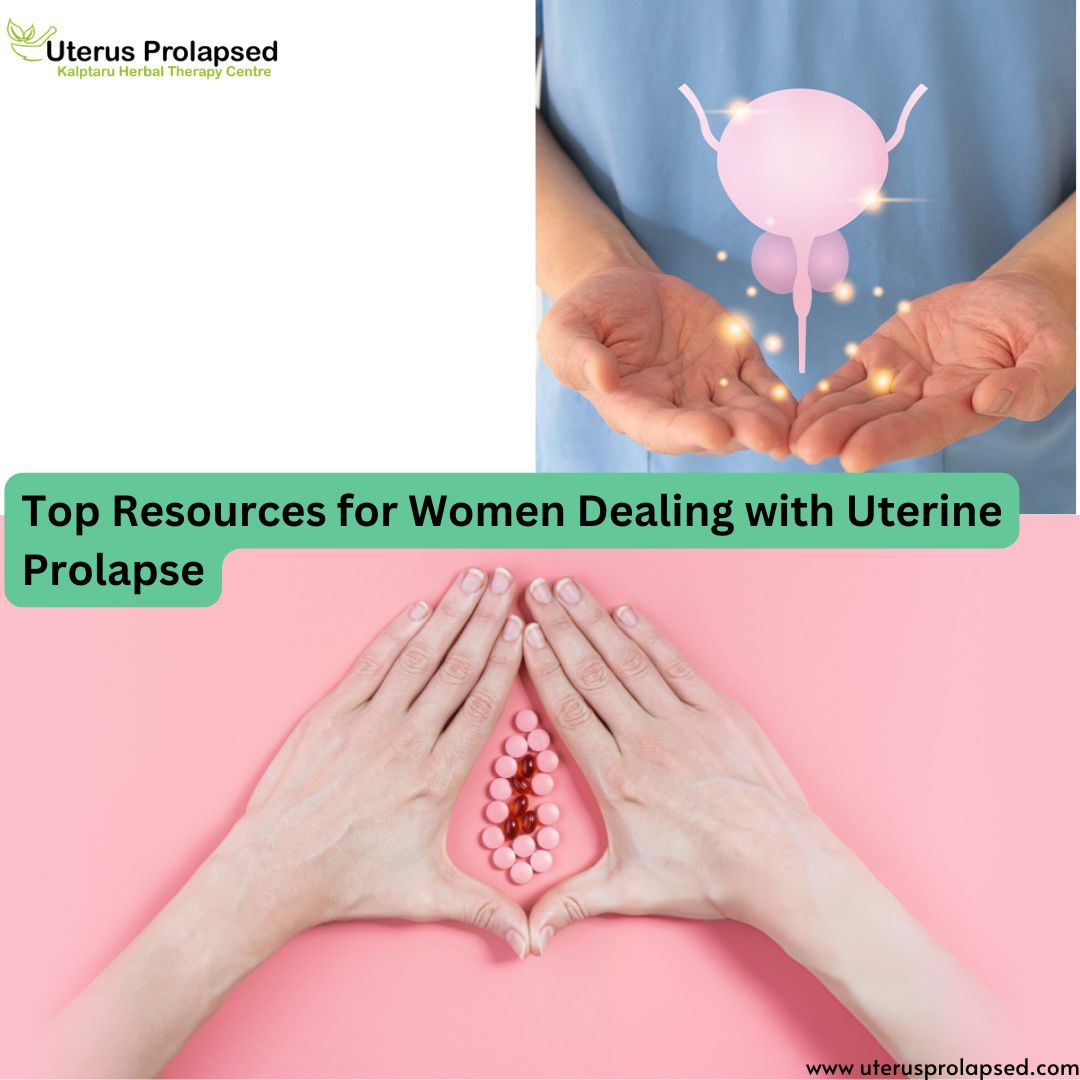Pelvic organ prolapse (POP) happens when the tissue and muscles of the pelvic floor no longer provide the pelvic organs ensuing in the drop (prolapse) of the pelvic organs from their usual position. The pelvic organs comprise the vagina, cervix, uterus, bladder, urethra, and rectum. The bladder is the most usually involved organ in pelvic organ prolapse.
Supporting muscles and tissue of the pelvic floor may turn out to be torn or stretched because of labor or delivery or may deteriorate with age. Other risk features for POP include genetic disposition, connective tissue disorder, obesity, and frequent constipation.
Many females have some grade of POP, though not all women have indications. Women who have signed may practice pelvic uneasiness or pain, pressure, and other signs, including:
- a bulge of tissue or organs that protrudes to or past the vaginal introductory
- the leak of urine (urinary incontinence)
Treatment Options for Pelvic Organ Prolapse
After obtaining a comprehensive medical past and finishing a thorough physical exam, your healthcare provider can commend treatment choices for your pelvic organ prolapse (POP). Nonsurgical treatment is generally effective that may solve the indications related to POP, such as pelvic pain or pressure.
Nonsurgical Treatment Options
Examples of nonsurgical treatment options for POP include:
- Herbal Treatment: Herbal medicine is 100% natural and works to reinforce the pelvic floor muscles and ligaments. Medicine is humble and suitable, with ingesting only a single dose per day (orally).
- Pelvic Floor Exercises: A kind of exercise to reinforce the pelvic floor by constricting and relaxing the muscles that mantle the opening of the urethra, vagina, and rectum. The workouts are usually referred to as Kegels.
- Pessary: A transferrable device that is implanted into the vagina to provision the pelvic organ(s) that have prolapsed.











